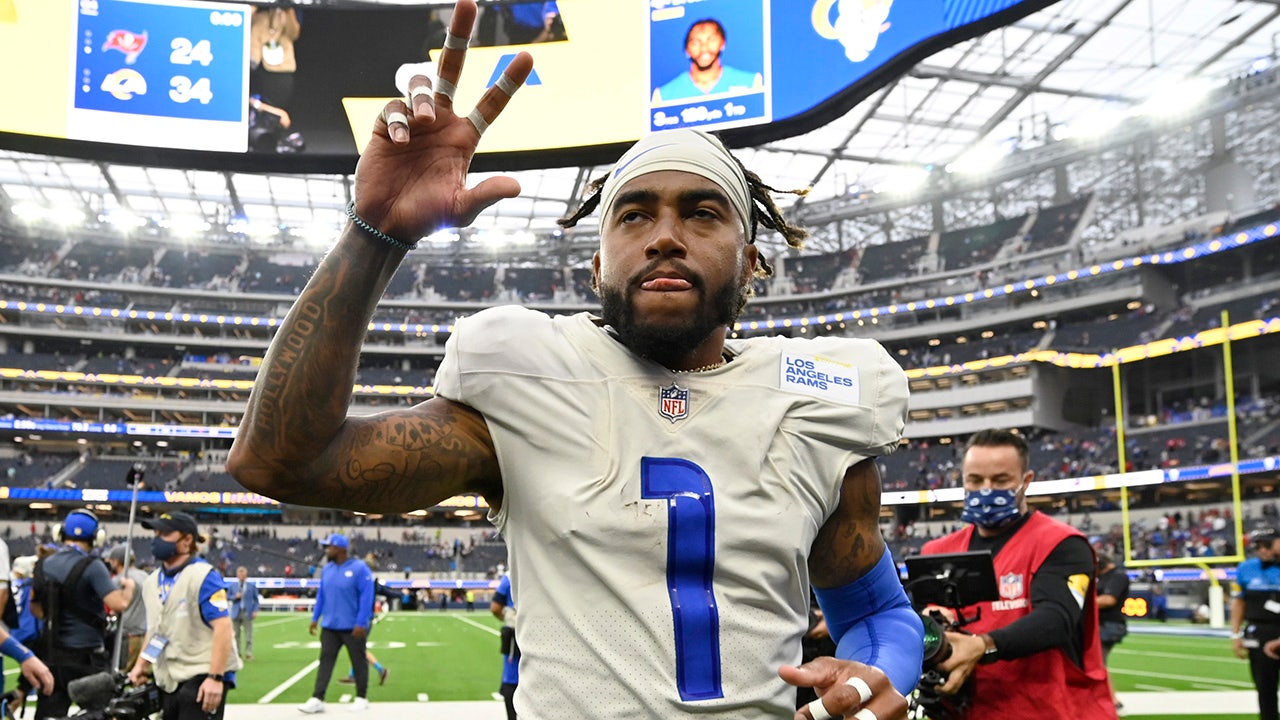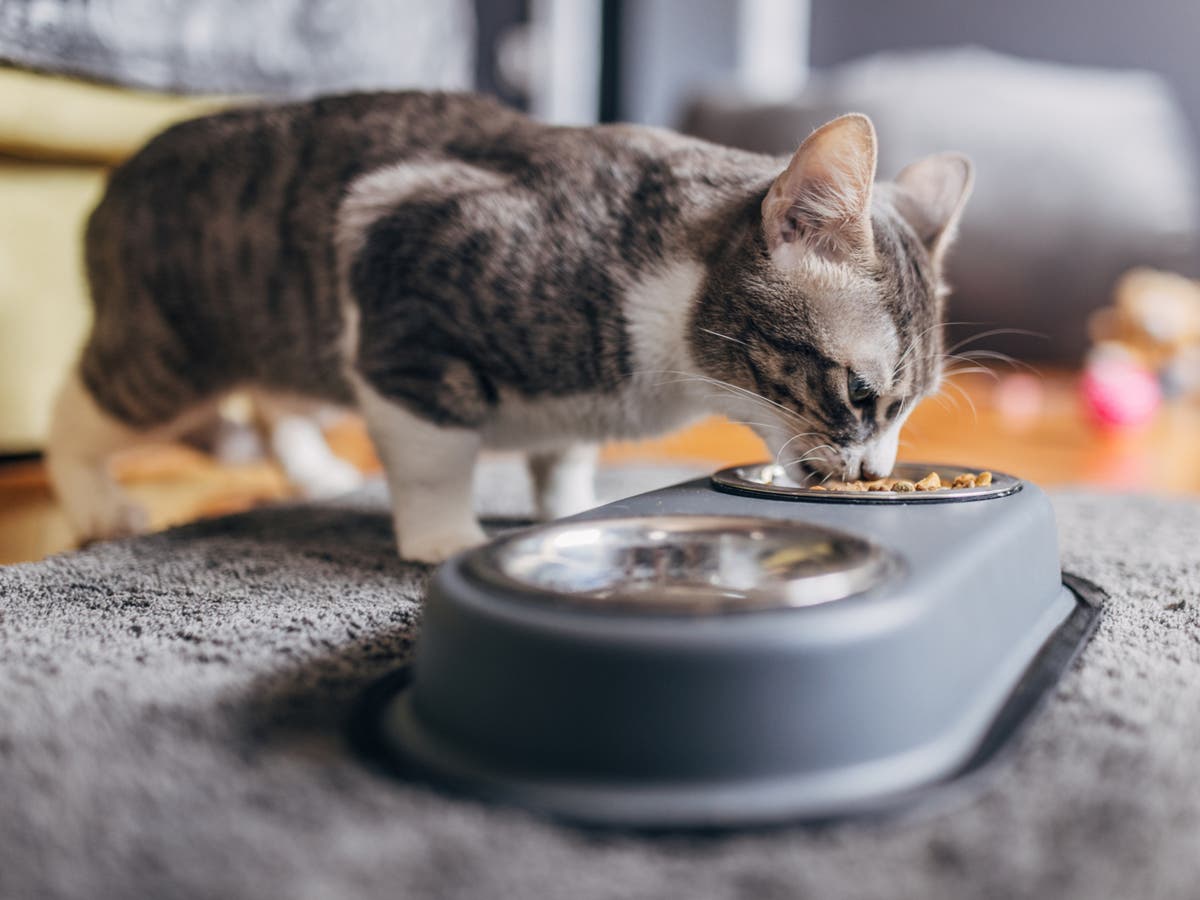Residents drop off Covid-19 PCR tests at a testing site run by the Centers for Disease Control, Federal Emergency Management Agency and eTrueNorth in Washington, D.C., on Jan. 5, 2022.
Eric Lee | Bloomberg | Getty Images
When Christopher Perry got sick in July 2021, he thought he just had a bad cold.
But after Perry’s adult son found him passed out in his living room, he was taken to the hospital and put on life support due to Covid-19.
A diagnosis of respiratory lung failure has led to long-term health consequences.
Today, Perry, 44, of Newport News, Virginia, can only walk short distances and gets winded quickly. His difficulty breathing leads to trips to the emergency room at least once a week.
“I start breaking down crying and can’t catch my breath,” Perry said.
His weight, blood pressure and sugar levels have climbed, requiring medication. He also receives breathing treatments and oxygen.
“That’s all they can really do,” Perry said.
Perry’s condition has made it impossible to resume his former full-time work at a NASA steam plant, where he used to climb ladders and maintain boilers.
Initially, he was able to obtain short-term and then long-term disability insurance through his employer. Today, after a “very long tedious process,” Perry relies exclusively on Social Security disability benefits for income, with monthly checks of about $1,600 per month.
“I didn’t know Covid would do all this,” Perry said.
To date, the Social Security Administration has flagged about 44,000 disability claims that include some mention of Covid-19, though that is not necessarily the primary reason for those applications. That represents just about 1% of disability applications received since the agency started tracking those claims.
Yet it is possible that future disability benefit applications due to long Covid may increase.
Applying for federal benefits can take months
Up to 30% of Americans who get Covid have developed long-haul symptoms, affecting as many as 23 million people, according to the U.S. Department of Health and Human Services.
Long Covid has put an estimated 2 million to 4 million Americans ages 18 to 65 out of work, according to recent research from the Brookings Institution. Those lost wages may add up to around $170 billion per year, and potentially as much as $230 billion, the nonprofit public policy organization estimates.
To make up for the lost income, patients typically pursue short- or long-term disability insurance, if they already have coverage.
Those whose condition is expected to prevent them from working for at least 12 months or result in death may pursue benefits through either Social Security Disability Insurance or Supplemental Security Income.
Social Security disability benefits are generally available to workers who have earned enough credits through payroll taxes — typically 40 credits, though younger workers may qualify with less. In 2023, one credit is equal to $1,640 in wages or self-employment income.
Supplemental Security Income, or SSI, is a federal benefit available to disabled individuals who may not qualify for Social Security disability based on their work records.
The average wait time for Social Security initial disability decisions has increased during the pandemic, climbing to an all-time high of 6.6 months in August, according to the Center on Budget and Policy Priorities. More than 1 million disability claims are pending at state disability determination services.
The process for applying for federal disability benefits is lengthy. That has put some patients with no other available source of income in a desperate financial situation, according to Andrew Wylam, a lawyer and president of Pandemic Patients, a nonprofit patient-advocacy organization dedicated to helping Covid patients get the services they need.
“Some people are holding on with their only hope of getting SSDI benefits, and that’s a six-, eight- or 12-month process,” Wylam said.
In the interim, Wylam has seen those patients exhaust their life savings, cash out their investments and liquidate their property as they hold on to hope Social Security disability benefits will eventually be available to help them stay afloat.
“It’s very demoralizing and it’s really heart breaking to see people go through that situation,” Wylam said.
Applicants aren’t guaranteed success at the end of that wait, either. The “award rate” for disability applications, as measured by the Social Security Administration, averaged 31% between 2011 and 2020. Meanwhile, denied disability claims averaged 67%.
‘Invisible’ symptoms add to difficulty
Allsup, which works with individuals who are applying for Social Security disability benefits or are appealing their claims, is seeing about 4% to 5% of monthly cases related to Covid or long Covid, according to T.J. Geist, principal advocate at the company.
The applications that are seeing the most success involve more severe cases, according to Geist. Oftentimes, those cases have required hospitalizations and ventilators, and led to long-term significant health ramifications like organ failure.
Allsup, which works with NASA, helped Perry get his Social Security disability benefits application approved.
“The ones that are more difficult continue to be those cases that have more invisible long-term symptoms, like fatigue, brain fog, depression,” Geist said.
“And unfortunately, they’re having more difficulty getting approved,” he added.
My advice in those situations would be to make sure your doctor is tracking all of your symptoms, documenting them, and has a full patient history on you.
T.J. Geist
principal advocate at Allsup
Those cases can have success, but they take longer, according to Geist. A decision on an initial application may take six to eight months. If it needs to be appealed, that can take about another six months. And then, if it goes to a hearing that can take another year or so.
“It could be as much as three years before a case gets decided at a hearing,” Geist said.
When Perry was applying for Social Security disability benefits, he had to fill out extensive paperwork that asked everything from how far he could walk without losing his breath to whether he was able to cook his own dinner.
The approval took about six months, and likely would have been impossible without the help of a lawyer, he said.
Careful documentation of health records also helps, especially with the “invisible” symptoms associated with long Covid, according to Geist.
“My advice in those situations would be to make sure your doctor is tracking all of your symptoms, documenting them, and has a full patient history on you,” Geist said.
“That can really make or break a Social Security disability case,” he said.
‘Nobody sees us’
For patients and medical providers, a looming question is how long the illness may last. Social Security disability benefits are aimed at long-term conditions.
“A lot of people with long Covid want to work, and what they want are work accommodations,” said Alice Burns, associate director of the program on Medicaid and the uninsured at the Kaiser Family Foundation.
Adele Benes, 57, was in “excellent health” when she was exposed to Covid while working at a Chicago-area hospital in 2020. Now 26 months later, she still suffers from debilitating symptoms, including fatigue, brain fog and cognitive difficulties that have led to frequent trips to the emergency room.
Adele Benes still struggles with symptoms after contracting Covid-19 in 2020.
Courtesy: Adele Benes
To improve her condition, Benes has tried everything from off-label medical treatments to hypnosis. At times, she has struggled to even just move from her bed to the bathroom and thought the pain and discomfort would kill her.
“The feeling was overwhelming,” Benes said. “How can you feel that bad and not die?”
Benes applied for Social Security disability benefits in February and is still waiting to hear back. But what she wants most is to regain her health and return to her normal life.
She cries when she remembers her former job, where she was able to help sick patients as an ultrasound technologist. “It was joy,” she said.
The toughest part can be knowing there’s no cure.
“It’s a crazy disease and it’s invisible, because we’re all hiding in our houses,” Benes said. “Nobody sees us, and we look normal from the outside.”















































